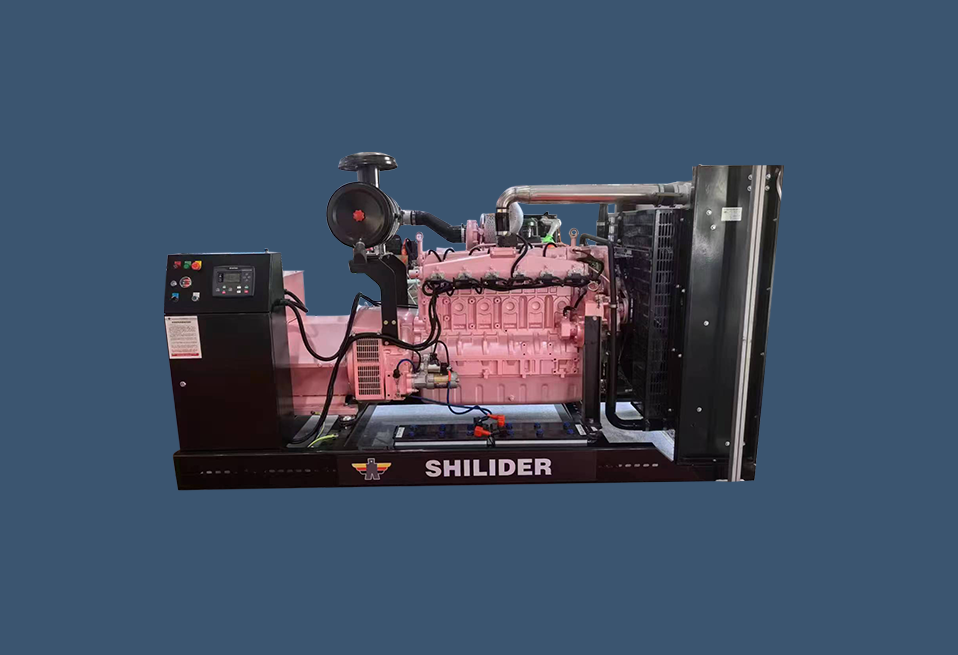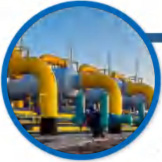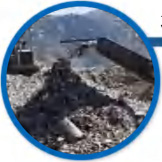Landfill gas
Landfill gas mainly comes from urban organic waste such as fruit peels, vegetable leaves and stems, leftover rice, and vegetables
Skin, hair, internal organs, fat, animal feces, leaves, and waste of poultry, animals, and fish
Paper, flowers, and plants, as well as the biogas produced by anaerobic fermentation collected and buried in a centralized manner, are called landfill gas.
After being collected, landfill gas is pressurized by a compressor and transported to an internal combustion unit, where it is burned and converted into electricity
Can be transmitted to the power boosting station and delivered to the local power grid for user use; Capable of short-term storage
Characteristics such as storage capacity, strong peak shaving ability, and moderate power generation capacity are essential for the application of landfill gas
The most mature technology.
Applicable units: 500kw-2000kw







